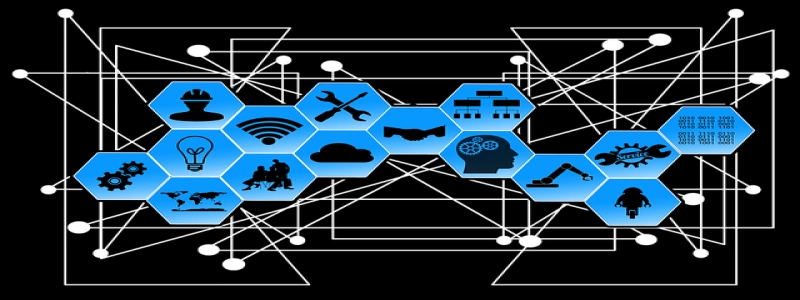Ethernet Bridging
Introduction:
Ethernet bridging is a networking technique that allows multiple Ethernet networks to be connected or bridged together. This article will provide a detailed explanation of Ethernet bridging, including its benefits, use cases, and implementation.
I. What is Ethernet Bridging?
A. Definition: Ethernet bridging is a method of connecting two or more Ethernet networks together to create a single logical network.
B. Function: It allows devices in different Ethernet networks to communicate with each other as if they were connected to the same physical network.
II. Benefits of Ethernet Bridging
A. Network Expansion: Ethernet bridging allows organizations to expand their network by connecting multiple Ethernet networks together. This enables seamless communication between devices in different networks, enhancing collaboration and data sharing.
B. Cost-Effective: Ethernet bridging eliminates the need for expensive equipment or complex configurations, as it utilizes existing Ethernet infrastructure. It provides a cost-effective solution for network expansion or mergers.
C. Simplified Management: By creating a single logical network, Ethernet bridging simplifies network management and reduces the complexity of network configurations. This saves time and effort for network administrators.
III. Use Cases of Ethernet Bridging
A. Remote Office Connectivity: Ethernet bridging is often used to connect remote offices to a central network. It enables seamless communication and resource sharing between offices, improving productivity and collaboration.
B. Data Center Consolidation: Ethernet bridging facilitates the consolidation of multiple data centers into a single logical network. This simplifies management and reduces hardware requirements, leading to cost savings and improved efficiency.
C. Virtualization: Ethernet bridging is commonly used in virtualized environments, where multiple virtual machines need to communicate with each other across different physical networks. It allows virtual machines to be connected and share resources regardless of their physical location.
IV. Implementation of Ethernet Bridging
A. Ethernet Bridge Devices: Ethernet bridging is typically implemented using Ethernet bridge devices, such as switches or routers. These devices have the capability to connect multiple Ethernet networks together and forward traffic between them.
B. Configuration: To implement Ethernet bridging, network administrators need to configure the bridge devices by specifying the networks to be bridged and assigning them appropriate bridge interfaces.
C. Spanning Tree Protocol: Ethernet bridging often utilizes the Spanning Tree Protocol (STP) to prevent loops in the bridged network. STP ensures that there is only one active path between any two devices, preventing packet collisions and network instability.
Conclusion:
Ethernet bridging is a powerful networking technique that allows the seamless integration of multiple Ethernet networks. By connecting networks together, organizations can achieve network expansion, cost savings, and simplified management. Ethernet bridging finds applications in various scenarios, including remote office connectivity, data center consolidation, and virtualization. With the right implementation and configuration, Ethernet bridging can greatly enhance network connectivity and efficiency.








